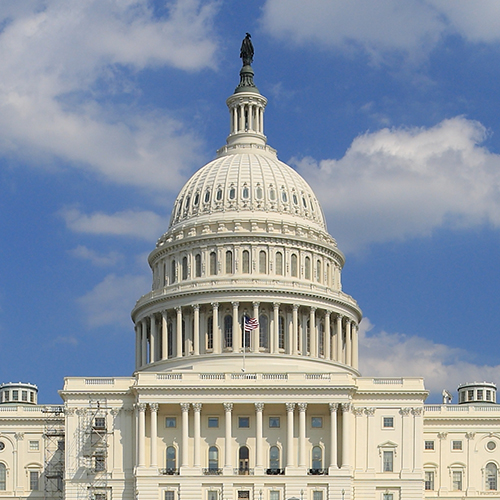In May 2002, Burma’s* military government released opposition leader Aung San Suu Kyi from two years of house arrest. It was not the first time that Suu Kyi, charismatic winner of the 1991 Nobel Peace Prize, had been confined to her home by the military. And given the complexity of Burmese politics, it may not be the last.
Mary Callahan, assistant professor of international studies, has been studying Burma’s political landscape for more than a decade. “Burma has had the longest military regime in modern history,” says Callahan. “I’ve been trying to figure out how the army became such a political powerhouse.”
Callahan, who has visited Burma 10 times to review military documents and interview Burmese citizens, recently completed the book Making Enemies: War and State Building in Burma, to be published by Cornell University Press.
Some background on Burma: The British gradually gained power there in the 1800s, consolidating their control in 1886. They were chased out by the Japanese in 1941 and returned briefly following World War II. In 1948, Burma gained its independence.
Independence has hardly been a cause for celebration. The country has been in a civil war ever since, resulting in an estimated half million deaths over the past 50 years.
“After World War II, everyone had guns and everyone felt they had a claim on power,” says Callahan. “And, of course, there were not enough positions of power to go around.” Other Asian countries—notably Malaysia and the Philippines—experienced similar rebellions, but those nations eventually stabilized as civilian power elites decided to negotiate and compromise with opposition. In Burma, there was no such compromise.
Two major reasons for Burma’s inability to compromise, says Callahan, were China and the United States. Chinese nationalists, fleeing communist China in the 1950s, crossed the border and settled in Burma, putting the Burmese people at risk of an attack from China. The United States supported the Chinese nationalists in Burma, with little regard for the instability and fear created by their presence. “The Burmese government was obsessed about China,” says Callahan. “It felt that Burma was faced with extinction if the Chinese attacked.”
Recognizing that compromise was impossible given the circumstances, the government focused instead on building up its military. By the late 1950s, the military was unofficially running the country. The U.S. eventually stopped funding the Chinese nationalists, but by then the Burmese military was unstoppable.
The last 15 years have been equally rocky. In 1988, a nationwide demonstration for political reform in Burma ended with troops firing on unarmed demonstrators, with up to 10,000 fatalities. A new military regime was formed, and the army doubled in size. It built new roads, military hospitals, military schools, and military universities—but closed civilian universities.
In 1990, the military government decided to hold an election. “The leaders felt secure,” explains Callahan. “They really believed they had made Burma better.” Voters disagreed, and the opposition party captured 82 percent of the vote—but the new government never got to take office.
“Opposition party members were arrested or forced to resign and parliament was never actually convened,” says Callahan. “The military destroyed the opposition party.”
That’s when opposition leader Aung San Suu Kyi was placed under house arrest for the first time. Now that she’s been released for the second time, Callahan wonders whether anything will change.
“As in other societies, war and crisis in Burma created institutions with staying power,” says Callahan. “In this case, the institution with the most staying power was the military. But the military government is struggling under the weight of the enormous army it built. It may be looking for a managed transition.”
Cause for optimism? Not quite, says Callahan. “It’s hard to imagine extricating the military from all positions of power. I’m a proponent of compromise—I don’t want to see any more bloodshed—but a compromise will be on the terms dictated by the military. In terms of the future, I don’t think anybody’s going to be satisfied for a long time to come.”
*In 1989, Burma’s military government changed the country’s name to Myanmar. Many individuals and organizations—including The New York Times and U.S. State Department—continue to use the name Burma.“It is a very political decision which name to use,” says Mary Callahan.
More Stories

Is This Presidential Campaign Different?
UW History professor Margaret O'Mara provides historical context for this moment in US presidential politics.

Making Sense of This Political Moment
To navigate this momentous election season, Arts & Sciences faculty suggest 10 books about the US political landscape.

A Statistician Weighs in on AI
Statistics professor Zaid Harchaoui, working at the intersection of statistics and computing, explores what AI models do well, where they fall short, and why.